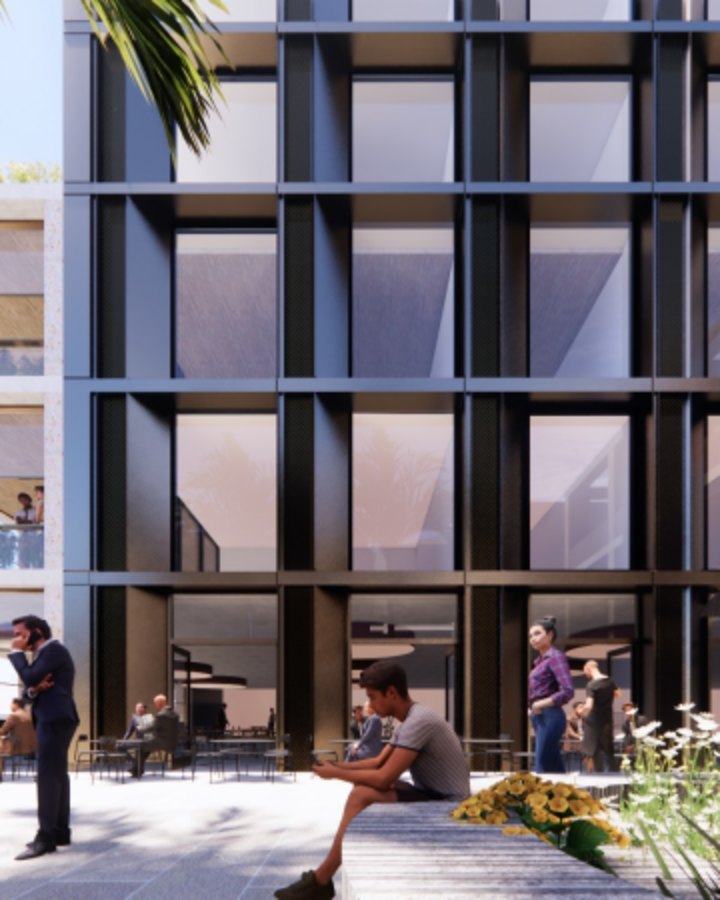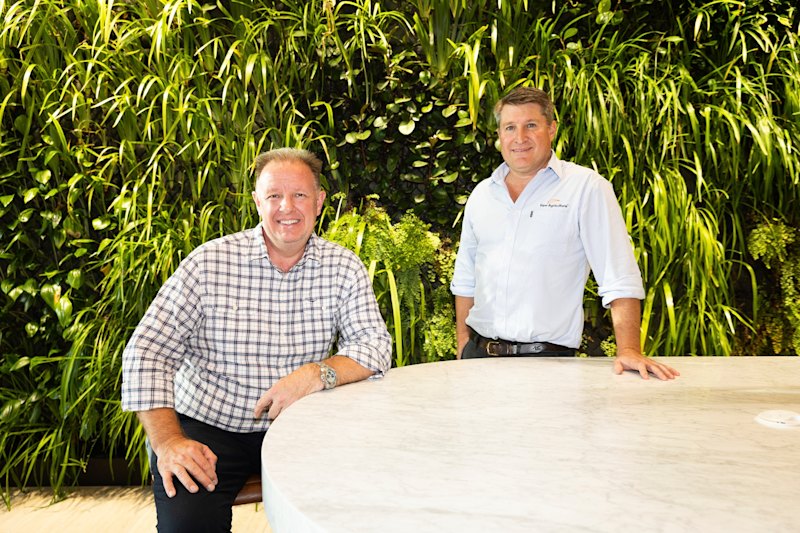
Global funds giant PGIM revs up co-living housing plans
One of the world’s top fund managers, PGIM Real Estate, has joined forces with the founders of modular hotel chain Tribe, with plans to create a portfolio of co-living facilities worth as much as $750 million.
The venture is up and running, with seed assets secured in Brisbane’s Fortitude Valley and in Sydney’s Parramatta. Each facility will comprise about 300 smaller-scale apartments, with that initial portfolio worth a ballpark $300 million. The plan is to expand into more facilities with a portfolio of between 1250 and 1500 apartments.

The key to PGIM’s residential-for-rent strategy is its focus on the co-living format, a sub-sector of the build-to-rent asset class. Co-living projects typically include smaller apartments with a greater emphasis on communal spaces such as coworking, libraries, cinemas and event spaces.
“The reason this stacks up financially for us is that we’re doing smaller and more apartments per floor that, we think, will work in those markets,” PGIM Real Estate’s managing director and head of Australia, Steve Bulloch, said.
“So, [it’s] affordable and high quality. And because of the modular process, we’re building it a bit cheaper and quicker.”
PGIM is the global asset management business of New York-listed Prudential Financial, which has $US1.27 trillion ($2 trillion) in funds under management. In Australia, PGIM has about $3 billion in equity and debt mandates, across logistics, office, retail, hotels, data centres and mixed use. It also has some exposure to a variety of housing forms, from build to sell, land lease communities, student housing and seniors living.
Two PGIM-run Asia-Pacific funds are backing the co-living venture. Its partner is Point Capital, a real estate investment platform that specialises in modular construction, created by Tribe founders Mark and Melissa Peters and Lucas Salagaras, a former investment banker.
Affordable yet trendy
The Peters’ remarkable success with Tribe brings with it hospitality know-how and expertise in pre-fabricated construction.
While still in its early stages, Tribe quickly established itself as an affordable yet trendy brand, winning backing from the wealthy Smorgon and Tarascio families. It caught the eye of French hotel giant Accor, which swooped in 2019, taking a majority stake and has since begun rolling the model out globally.
Two years ago, under their own MP Group platform, the Peters flagged plans to establish a co-living portfolio, backed by an unnamed institutional investor.
PGIM has a residential portfolio across the Asia Pacific of about $US1 billion, but could not make build-to-rent in Australia work in its traditional form, which typically involves higher rents for its residents who enjoy club-like amenities.
“We’ve very carefully selected this as our entry point because we think this works for us,” Mr Bulloch told The Australian Financial Review.
“It’s easy to talk about the fact that there’s all these tailwinds in terms of demand and supply. They are very attractive tailwinds in terms of rent growth.
“We’ve struggled to get the returns in the more traditional BTR model to stack up for us. I’d say partly that’s because we’re also foreign. It’s a bit trickier for a foreigner with the tax overlays.”
PGIM is targeting an average net yield on cost of 6.5 per cent from the seed assets.
The federal government has pledged to halve to 15 per cent the withholding tax rate applied to foreign investors in managed investment trusts that hold rental housing, bringing it in line with other commercial property investments,
But that initiative is yet to be enacted, causing major BTR players some anxiety, a concern that was widely voiced at the annual Financial Review Property Summit this month.
“The proposal is positive. And quite frankly, we’re expecting that to be a benefit and to come through. Obviously, it’s frustrating, I think for everyone at the moment, that the details are not clear,” Mr Bulloch said.
“I’d certainly encourage the government to provide the next layer lower level of detail as to how this works.”











